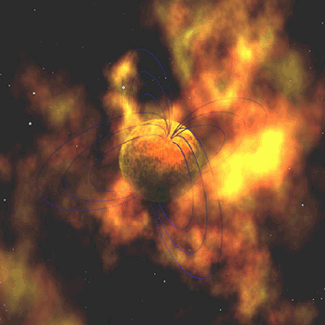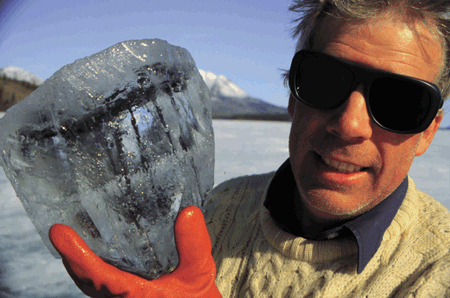
Superconducting tape promises more efficient energy
Researchers at the laboratory first created a superconducting tape five years ago. They used a process known as Ion Beam Assisted Deposition (IBAD) to create a film of the ceramic superconductor yttri...


